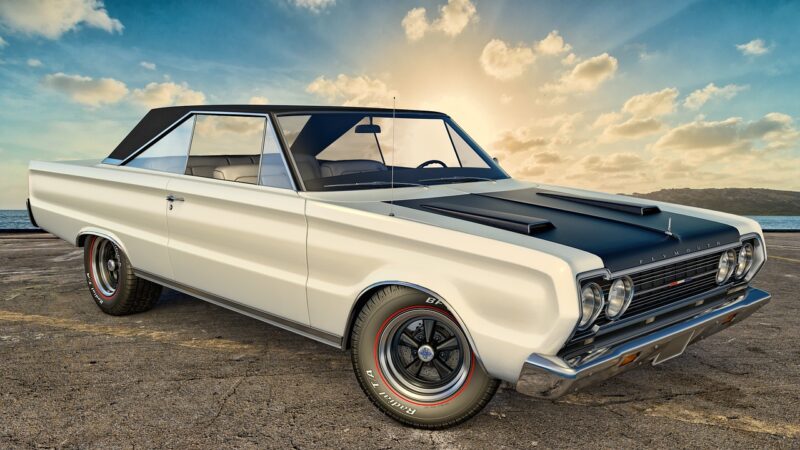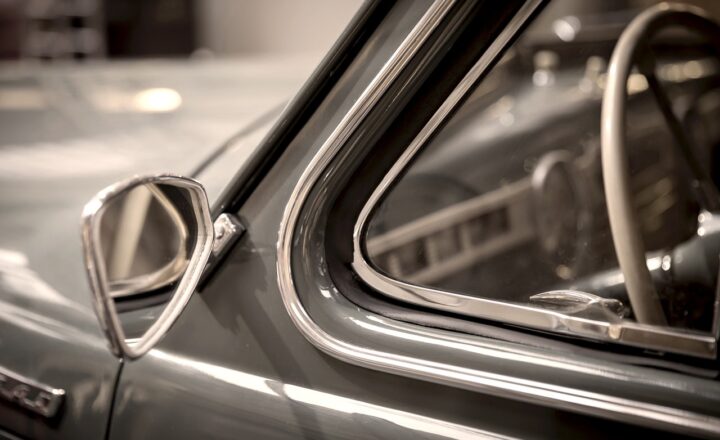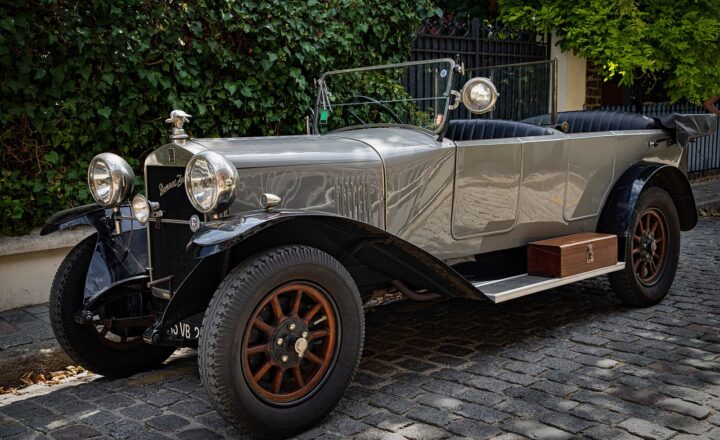Future Cars vs. Classic Cars: What Has Changed and What Remains Timeless
November 15, 2024

The automotive industry has witnessed a remarkable evolution over the years, transitioning from the mechanical simplicity of classic cars to the advanced technology that characterizes future vehicles. As we navigate through this vast landscape of change, it’s essential to take a closer look at what has transformed and what elements of the classic car remain timeless.
1. The Classic Car Era: A Nostalgic Journey
The classic car era typically refers to vehicles produced between the early 1900s and the late 1970s. These cars, often characterized by their unique designs, robust engines, and meticulous craftsmanship, evoke a sense of nostalgia and admiration. Classic cars are not merely transportation; they represent an era of automotive history that many enthusiasts appreciate.
Classic cars are known for their:
- Simplicity in Design: Classic models often embrace a curvy aesthetic with straightforward lines and less complex technology.
- Mechanical Purity: The engines are mechanical, giving car enthusiasts the satisfaction of hearing the roar of a V8 and the thrill of manual transmission.
- Craftsmanship: Many classic cars feature hand-finished components that showcase the artistry of automotive design.
Despite the allure of these vintage vehicles, the automotive landscape has changed radically.
2. The Rise of Future Cars: Technology at the Forefront
The future of automobiles is heavily influenced by technology, sustainability, and safety. With electric and autonomous vehicles rising in popularity, the prospective changes are transformative.
Key features of future cars include:
- Electric Powertrains: As gas prices fluctuate and environmental concerns grow, electric vehicles (EVs) are becoming mainstream, offering quieter and more efficient alternatives to traditional combustion engines.
- Autonomous Driving: Self-driving technology is being integrated into vehicles, aiming to reduce the risk of human error and enhance road safety.
- Connected Features: Future cars boast connectivity features such as real-time traffic updates, infotainment systems integration, and over-the-air software updates for enhanced performance and convenience.
These advancements fundamentally change driving, shifting the focus from merely operating a vehicle to experiencing an augmented reality of information and control.
3. Design Philosophies: From Cool to Smart
The design philosophies of classic and future cars differ greatly, reflecting the era’s values and technologies.
Classic cars are often celebrated for their artistic lineage:
- Art Deco Influence: Timeless curves and extravagant chrome finishes can be seen in classic vehicle designs, making them visually appealing.
- Tailfins and Chromed Details: Many classic models embraced these distinctive features, becoming a hallmark of the mid-20th century car culture.
In contrast, future car designs emphasize:
- Aerodynamics and Efficiency: Streamlined designs to reduce drag are pivotal in modern vehicles, marrying aesthetics with functionality.
- Minimalist Interiors: Future cars offer clean layouts with digital interfaces, concentrating on user experience and simplicity.
While classic cars often invoke emotion, future vehicles seek to engage the senses in innovative and interactive ways.
4. Performance and Driving Experience: A Generational Shift
The driving experience in classic cars is often described as raw and connected. Drivers feel the tactile feedback of the road, often through manual transmissions and powerful engines that demand respect. Speed and acceleration, while important, are less about the numbers and more about the visceral thrill of driving.
In contrast, future cars focus on efficiency and smooth rides:
- Electric Performance: Electric motors deliver instant torque, providing immediate acceleration that offers a different kind of thrill compared to traditional muscle.
- Smart Safety Features: Autonomous emergency braking, lane assist, and adaptive cruise control are becoming standard, offering safety that manual driving can never provide.
While the experience of driving a classic car holds emotional value, the future of cars offers safety, efficiency, and simplicity, changing how we think about driving altogether.
5. Sustainability: An Imperative for Future Cars
The rise in environmental consciousness demands that future cars meet sustainability criteria. The classic car era experienced little validation regarding environmental impact.
With the challenges of climate change, future cars are sourced with sustainability in mind, featuring:
- Electric and Hybrid Technologies: These vehicles offer a significant reduction in carbon emissions compared to traditional combustion engines.
- Sustainable Materials: The use of recycled and eco-friendly materials is becoming commonplace in the manufacturing of future vehicles.
Where classic cars may lack the sustainability attributes of modern designs, future vehicles are poised to meet consumer demands while addressing global environmental challenges.
6. What Remains Timeless?
Despite the many changes, there are several timeless elements that persist through both classic and future cars:
- Passion for Automobiles: The love for cars, whether vintage or modern, connects enthusiasts through generations.
- Individuality and Ownership: Both classic and future cars provide a sense of personal expression and identity for their owners.
- Innovation and Design Dedication: Whether in the context of a beautifully designed classic or an innovative future vehicle, the commitment to automotive art remains.
Thus, while the automotive world experiences remarkable changes, the core values of driving, creativity, and ownership continue to thrive across eras.
Conclusion: Embracing the Journey Ahead
In summary, the automotive landscape has evolved significantly from the era of classic cars to the tech-driven future of vehicles. While many aspects have changed, including performance, design, and sustainability, the passion for automobiles and the thrill of driving remain enduring constants.
As we move forward, it’s crucial to embrace both the innovations of the future and the nostalgia of the past, blending technological advancement with the timeless allure of classic craftsmanship. Whether you’re behind the wheel of a classic car or cruising in a futuristic electric vehicle, one thing is certain: the journey of automobiles is far from over.






